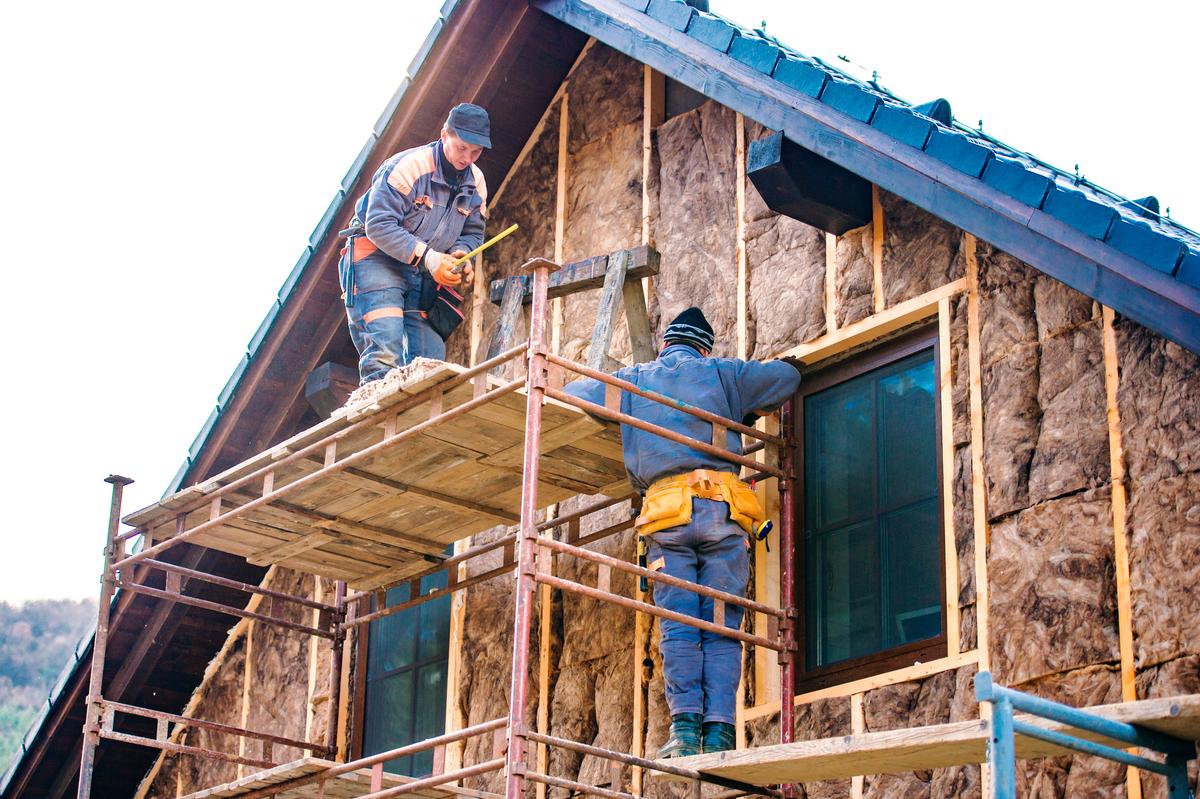Nationwide, the demand for new single-family housing has been growing in recent years. By the end of 2020, the number of new, detached, single-family housing starts in the U.S. for the year was 876,000, 12.7% higher than 2019 levels. And according to a recent National Association of Homebuilders report, 17% of American adults are considering the purchase of a home within a year. Of those, 64% are first-time home buyers—the highest share reported since the report began in 2017.
That’s why a recent Star Tribune article, “Why does Duluth have a housing shortage if the population is barely growing?” caught our attention here at the BBER. The article pointed out that while Duluth’s population has grown by only 432 people (1%) since 2010, the city is reportedly in the midst of a housing shortage.
According to the Star Tribune article, the root of this seemingly confusing situation is the result of a variety of factors. First, with the cultural shift away from larger families, more housing stock is needed for the same sized population. And much of Duluth’s single-family housing stock is older than average and too large for the typical 2021 home buyer. In fact, according to the U.S. Census Bureau, more than 40% of the city’s housing units were built before 1940, and only 431 housing units (roughly 1% of all housing units in the city) have been added in Duluth since 2014.
But we at the BBER wanted to dig into this topic a bit more. We examined the number of building permits issued in the city of Duluth over the past five years and compared that number with other, similar-sized Midwest cities. What we found was surprising.
Figure 1 shows the number of new housing units (both single-family and multi-family) authorized in the city of Duluth over the past five years. Since 2016, Duluth has authorized more than 1,100 new housing units, but nearly 80% of those (905) have been in the form of multi-family housing. The high point in the number of units authorized was in 2019, with 370 multi-family units and 70 single-family units approved in that year alone, more than double any other year since 2016. Then in 2020, the number of units authorized returned to levels similar to those seen in 2017 and 2018.
But how do those numbers compare to other, similar-sized cities? We selected twelve Midwest cities similar in size to Duluth. Figure 2 shows, for each city, the number of new housing units authorized from 2016 through 2020 and the population growth the city experienced from 2010 to 2020, according to estimates from the Census Bureau. Relative to the other cities shown in the figure, Duluth experienced some of the lowest levels of population growth, at only 1%, while Fargo, North Dakota; Rochester, Minnesota; and Grand Forks, North Dakota, had the highest levels of population growth. In terms of housing units, Duluth added 1,142 total units from 2016 to 2020, which puts them in line with cities such as Grand Forks, ND; Sioux City, IA; and Eau Claire, WI. By comparison, Fargo, North Dakota; Rochester, MN; and Rapid City, South Dakota added the most housing units during the five-year period.
However, if we compare Duluth and the other Midwest cities for the year 2019–the high point for new authorizations in the city–the 440 new housing units Duluth authorized that year put it third in terms of new housing units authorized, following Rochester (774) and Fargo (483). Relative to the size of its population, Duluth was second only to Rochester, with 5.1 new units added for every 1,000 residents in that year.
Unfortunately, 2021 data is not yet available for the city. However, given external factors affecting the housing market in 2020, such as the economic slowdown in 2020 and the spike in the price of lumber, it could be that 2020 will prove to be an outlier and that Duluth will continue to see growth in the number of housing units authorized in the coming years, more in line with the numbers we saw in 2019.
Feedback from local builders supports the idea that Duluth is poised to see more housing in the next few years. Chad Ronchetti, director of project planning and development at Kraus-Anderson, noted that his company has had a “significant number of projects that were postponed to 2021 due to materials prices/volatility/lead times and labor shortages” and that “there are a large number of housing projects planned, with sites acquired, and the banks are eager to lend.” This would suggest that 2021 numbers may be more in line with those seen in 2019 and would be a positive sign for housing availability locally.
